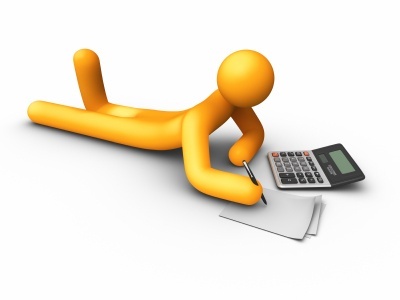Decide what you really need by making a list before you venture out. And keep looking at that list while you wander around, so that you’re aware of what you really need, and what you like the look of. Make sure to be armed with only a limited amount of cash and ensure that you stay within your budget.
These days, whether you’re at home, or out in the city, you are constantly bombarded by messages to Buy! Buy! Buy! From phones, laptops and other electronic gadgets, to home appliances, branded clothing, and footwear, to airline tickets and dream holidays. Advertising has evolved so that the messaging is subtle, subliminal and extremely effective, so that the line between what you need to have and what is nice to have is often blurred. But let’s face it: consumerism has arrived, and in a big way, and there really is something to what is now labelled ‘retail therapy’. The question now is how to get the best out of all the shopping that’s out there and waiting for you!
A QUICK CHECKLIST
- Decide what you really need by making a list before you venture out. And keep looking at that list while you wander around, so that you’re aware of what you really need, and what you like the look of.
- Take a limited amount of cash.
- Stay within your budget.
- Leave credit cards at home.
- Do not remove the tags. Wait a week to think it over. Remove the tags once you’re sure you’ll enjoy your new item.
- Watch for sales. Try things on prior to a sale.
- Try shopping off the beaten path. You will be surprised at the bargains and finds that jump out at you.
- A heavy discount does not mean that you have to buy it.
- Take time to think things over to avoid impulse shopping.
- Ensure that you reach the shop at the right time. If not in the first week, then try checking out the shop in the first ten days of sale for sure. The first and last days are the worst to visit.
THE ONLINE VERSION
Using the internet to shop gives you access to the best prices and the best deals through a quick search in a matter of minutes. While it’s easy to shop around online yourself, price comparison sites can do it all for you. Simply type in what you want and they scour the market to bring you a list of retailers selling the product, along with the prices they charge. Do pay attention to product reviews because they can tell you if the product actually works. Another way to approach it is to Google the product along with the word ‘complaints’.
Tip: if you don’t check out, and leave the item in your shopping cart, the price might go down.
Make sure to double-check the total cost before you buy, especially if you’ve ordered something from outside the country. Shipping can sometimes work out to more than the price of the product itself.
Contrary to popular belief, never pay by check or money order when buying online. If something goes wrong, the seller has your money and you have to try to get it back. The safest way to pay is with a credit card.
SHOPAHOLICS, FIND A SOLUTION!
If however, you are a shopaholic, then you need to dig a little deeper and begin by examining your spending habits, and identifying your weaknesses.
- Look at your bank statements every six months or so, and evaluate your income and expenditure. Expenditure breaks down into fixed costs, such as mortgage repayments and bills, and whatever is left over and spent throughout the month. Work through the transactions and ask yourself if each one was necessary.
- Figure out where your hard-earned money’s going. It’s the little buys that add up, so if you can’t remember where you spent it, maintain a diary for a few weeks, and you’ll be shocked. You will also see a pattern to your spending, which, if you want to change, is really important to understand.
- Decide what you want and how much you intend to spend, and stick to that limit. When you plan to travel, always book in advance if you can, because long-haul flights and train tickets are significantly cheaper the earlier you book.
- Try not to use shopping as a pastime or entertainment. Ask yourself: Did I want this before I saw it? If the answer is no, walk away.
- Realise that buying something because it’s cheap does not mean you are getting a good deal, especially if you don’t really need it. A good test is to ask yourself if you would buy an item at its full price – this will give you an indication of whether you are getting a good deal on something you actually want.
So, start paying attention to where, how and why you spend and it’s likely that you will start feeling a bit more flush. Understand that price does not always mean quality; an unbranded item could give you the same level of quality as a known brand, if you shop smart. A happy mood spells a happy shopping experience.
